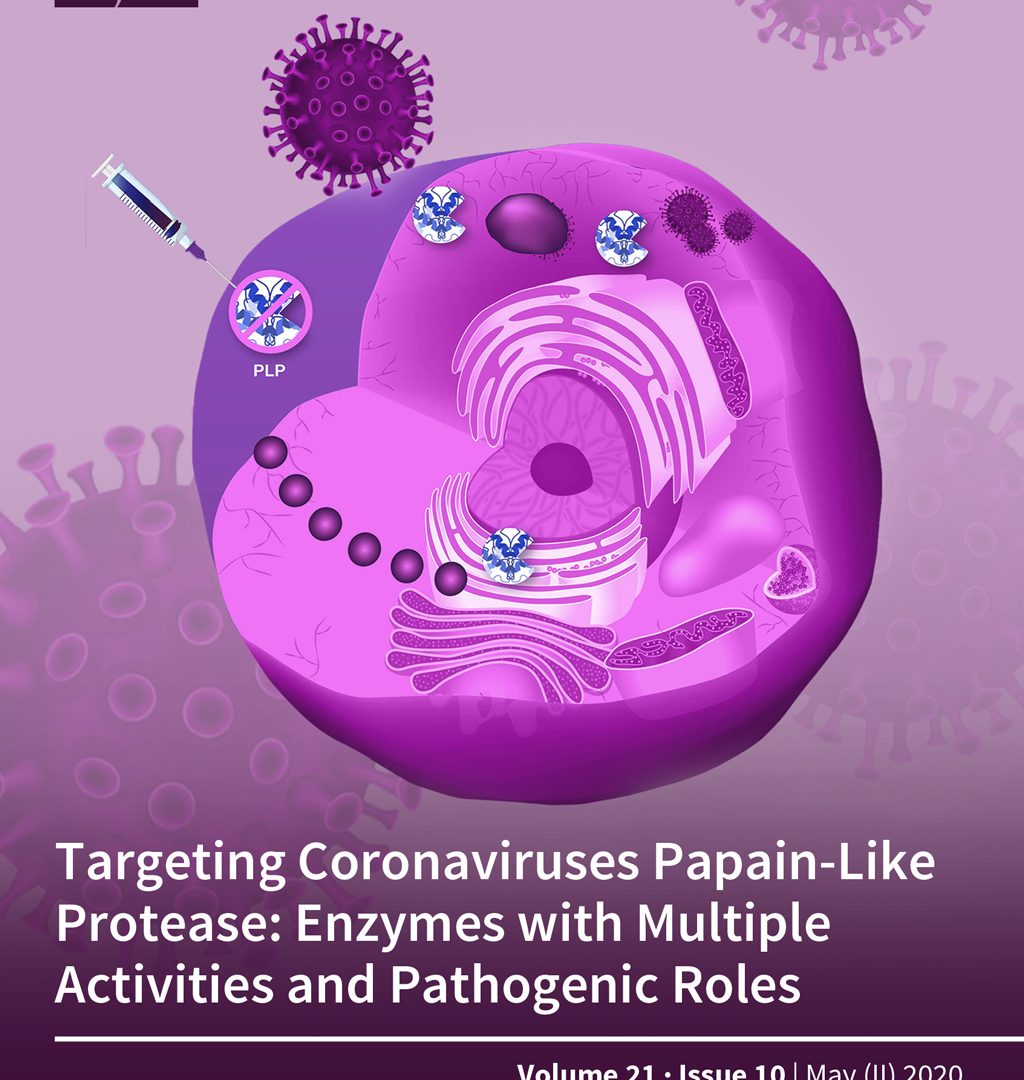Int J Mol Sci. 2020 May 31;21(11):E3966. doi: 10.3390/ijms21113966.
Christian H Roux1,2, Didier F Pisani3, Pierre Gillet4, Eric Fontas5, Hédi Ben Yahia1, Mansour Djedaini1, Damien Ambrosetti6,7, Jean-François Michiels6,7, Patricia Panaia-Ferrari8, Véronique Breuil2, Astrid Pinzano4, Ez-Zoubir Amri1
Affiliations
1 Université Côte d’Azur, French National Centre for Scientific Research (CNRS), Inserm, iBV, 06107 Nice, France.
2 Department of Rheumatology, Nice University Hospital, Pasteur Hospital, 06003 Nice, France.
3 Université Côte d’Azur, CNRS, LP2M, F-06003 Nice, France.
4 UMR 7365 French National Centre for Scientific Research (CNRS)-Université de Lorraine, ‘Ingénierie Moléculaire et Physiopathologie Articulaire’ (IMoPA), F54505 Vandoeuvre-lès-Nancy, France.
5 Department of Clinical Research, Nice University Hospital, Cimiez Hospital, F-06003 Nice, France.
6 Université Côte d’Azur, UFR Médecine, F-06107 Nice, France.
7 Anatomopathology Service, Pasteur Hospital, Centre Hospitalier Universitaire de Nice, F-06003 Nice, France.
8 Clinical Chemistry Laboratory, University Hospital of Nice, F-06003 Nice, France.
Abstract
This study investigated the relationship of oxytocin (OT) to chondrogenesis and osteoarthritis (OA). Human bone marrow and multipotent adipose-derived stem cells were cultured in vitro in the absence or presence of OT and assayed for mRNA transcript expression along with histological and immunohistochemical analyses. To study the effects of OT in OA in vivo, a rat model and a human cohort of 63 men and 19 women with hand OA and healthy controls, respectively, were used. The baseline circulating OT, interleukin-6, leptin, and oestradiol levels were measured, and hand X-ray examinations were performed for each subject. OT induced increased aggrecan, collagen (Col) X, and cartilage oligomeric matrix protein mRNA transcript levels in vitro, and the immunolabelling experiments revealed a normalization of Sox9 and Col II protein expression levels. No histological differences in lesion severity were observed between rat OA groups. In the clinical study, a multivariate analysis adjusted for age, body mass index, and leptin levels revealed a significant association between OA and lower levels of OT (odds ratio = 0.77; p = 0.012). Serum OT levels are reduced in patients with hand OA, and OT showed a stimulatory effect on chondrogenesis. Thus, OT may contribute to the pathophysiology of OA.
PMID: 32486506
DOI: 10.3390/ijms21113966

